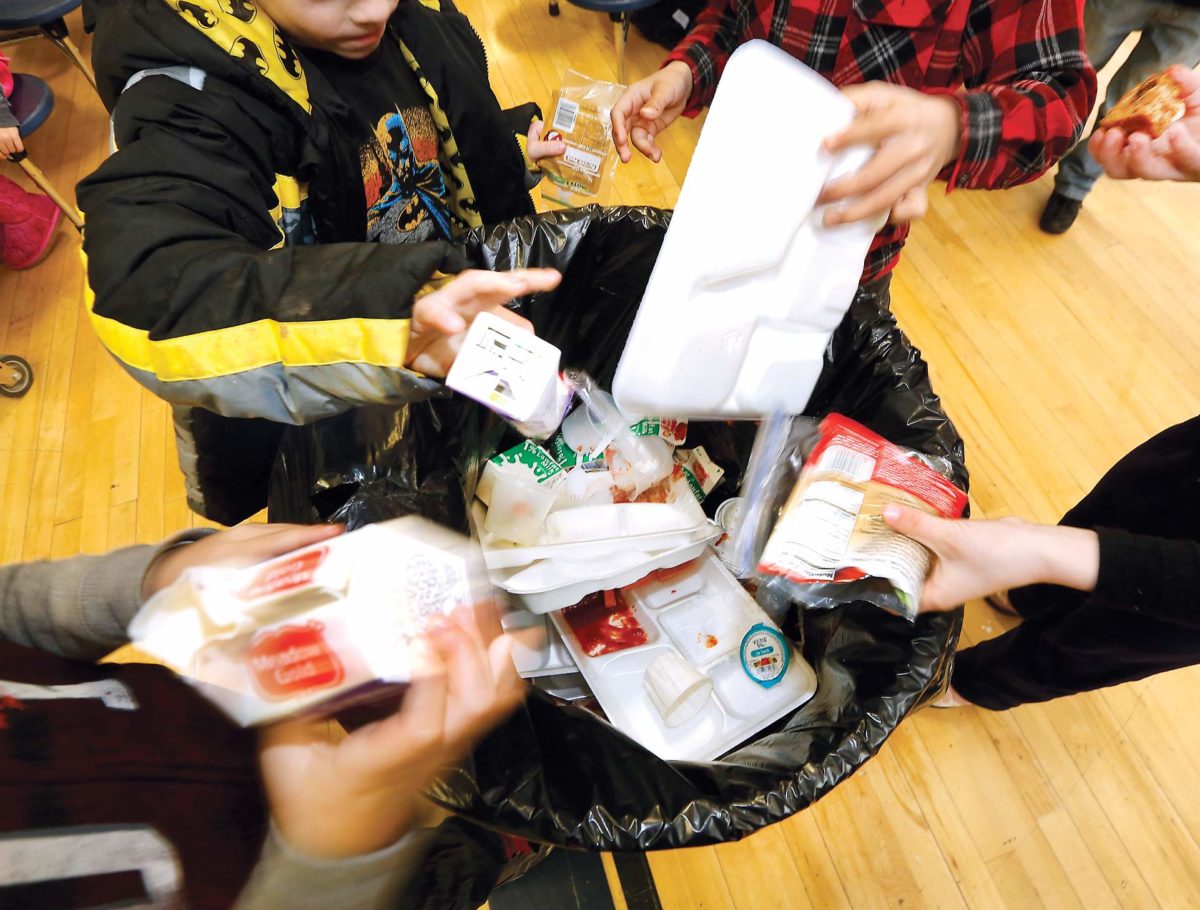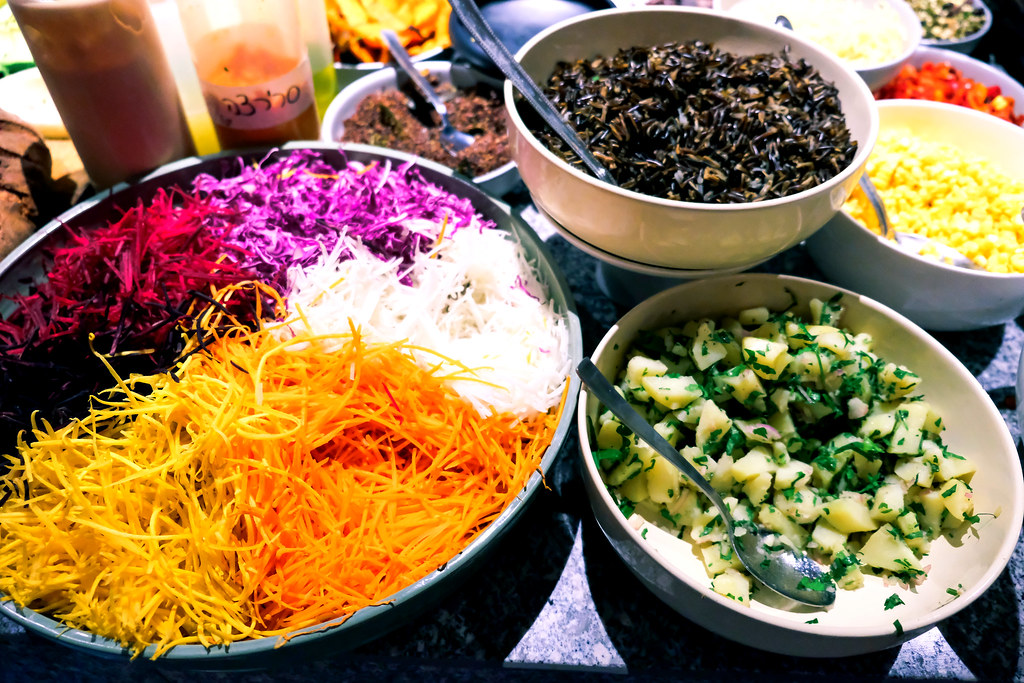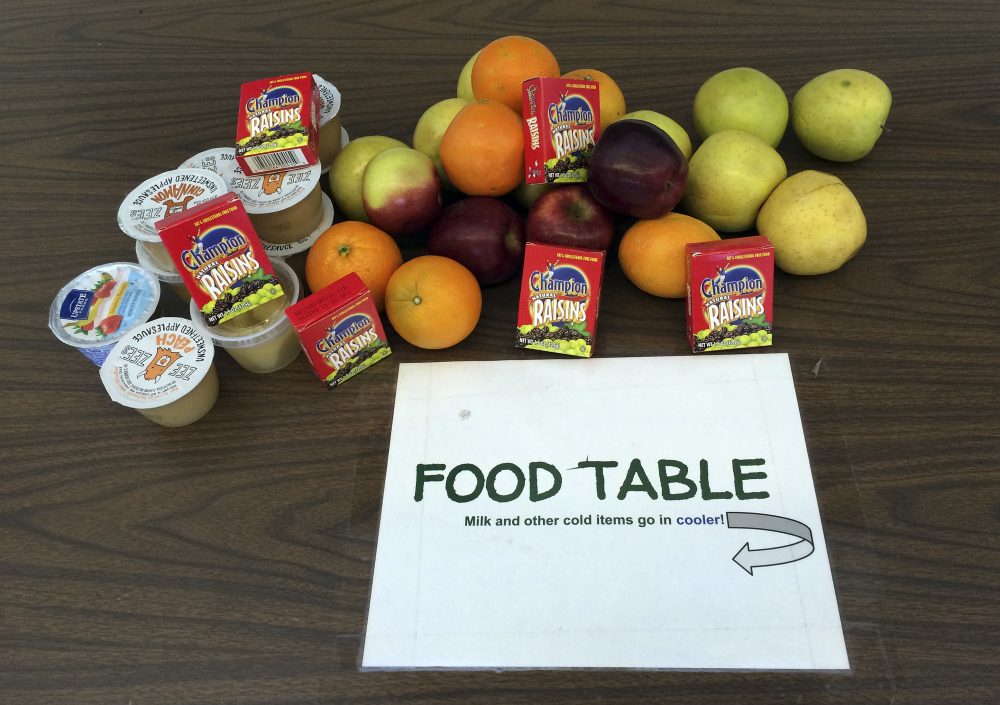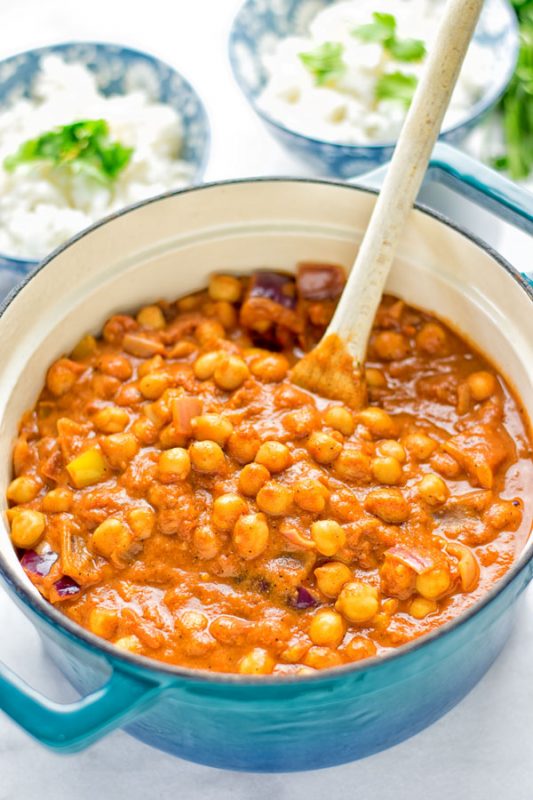Nutrition services directors and other school district leaders need tangible, easy-to-implement strategies for making their food systems more sustainable. EarthGen created the Sustainable School Food Toolkit to help districts reduce impacts, shrink costs, and promote equity. The toolkit includes tips and resources for Waste Prevention, Food Rescue and Recovery, Climate-Friendly Meals, and Culturally-Relevant Foods.

Waste Prevention
From milk cartons to food packaging, tons of avoidable plastic, cardboard, and aluminum waste are generated in school cafeterias across the nation on an average day. It all adds up to thousands of dollars in annual waste management costs per school and increased carbon emissions from transporting the waste to landfills, where it can cause groundwater contamination and result in habitat loss for local wildlife. Even a simple change in packaging can significantly divert food waste from the waste stream.

Climate-Friendly Food
What is climate-friendly food? Healthy, climate-friendly foodservice achieves a lower carbon and water footprint than traditional foodservice. It includes a wide array of plant-based and plant-forward options. Climate-friendly foods can be sourced from local farms that offer nearby schools local, seasonal, and organic ingredients for a competitive price. With a little planning and creativity, the procurement and use of climate-friendly foods in school meal planning can help a district achieve its sustainability goals.

Food Rescue & Recovery
About 40% of school cafeteria garbage is consumable food. In fact, an average school will throw away roughly 30 pounds of food every day, which leads to the emission of harmful greenhouse gases like methane and carbon dioxide when food sits in landfills, unable to properly decompose. In Washington state, where 1 out of every 7 children goes hungry, this wasted food also raises concerns of social injustice and inequity. Local community partners like food banks and after school programs that take place on school property can help schools in addressing these issues.

Culturally Relevant Meals
Schools across Washington serve culturally and ethnically diverse student populations. In fact, nearly half of the students in the state identify as Black, Indigenous, and People of Color (BIPOC), with nearly half of those students identifying as Latino/Hispanic. When this diversity informs the foods served within cafeterias, we can not only incorporate students’ lived experiences into our meal planning but help to simultaneously reduce food waste.